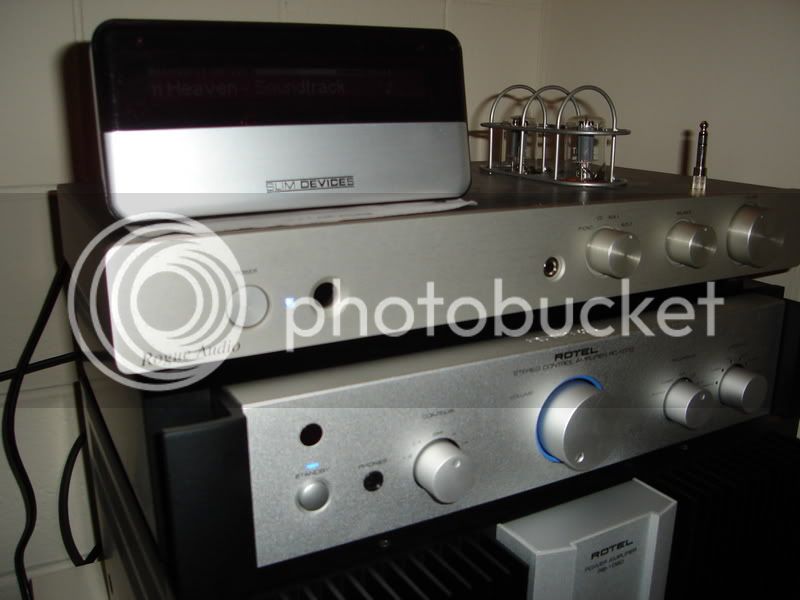MiTT
Super User
Joey, I've got a buddy who's driving his SL3's with the BAT VK-300X Integrated with absolutely no problems. The cool thing about the BAT is that it's available with either a SS or two different Toobed front ends (6922 or the SE version with 6H30 Super Tubes). It has a SS output stage that is essentially the same amp as the VK-220, putting out 150W into 8 ohms and 300W into 4 ohms.Joey_V said:I'm going to look at all the Toob Pre's that you guys mentioned and I'll be on the lookout for the Jolidas as a possible stepping stone.
Do you guys think that a Toob integrated amp is good enough to push the Summits' panels? Or is the dip to .7ohm at 20khz troubling?
Joey
You can find them occasionally on Audiogon, and BAT has a great upgrade path - i.e. you could buy the 6922 version and then upgrade to the 6H30 version later.
Worthy of an audition I should think.
EDIT: Joey, just found one on Audiogon for $3100 - it's the SE (Super Tube) version. Heres a link...
http://cls.audiogon.com/cgi-bin/cls.pl?intatube&1165786323
Last edited:














